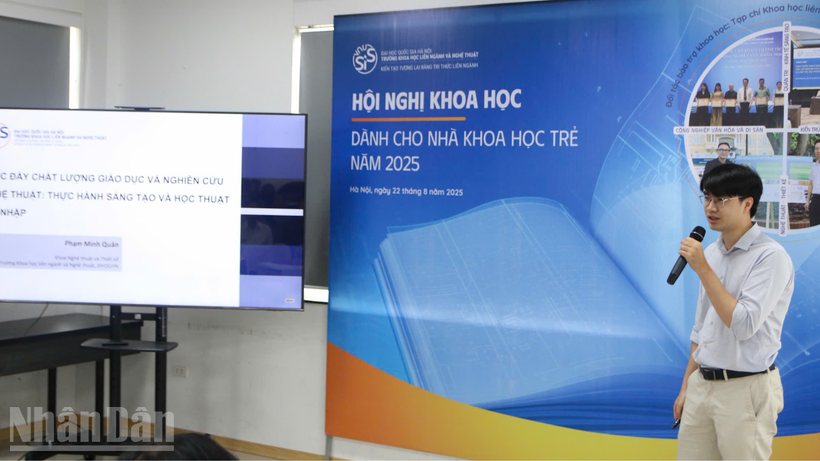
In order to promote academic connections, enhance research cooperation, and improve the capacity of young scientists , on August 22, the School of Interdisciplinary Sciences and Arts (Vietnam National University, Hanoi) organized a scientific conference for young scientists in 2025.
The event is expected to become an open academic forum where new ideas, research works and innovative approaches are shared and exchanged, thereby forming sustainable interdisciplinary cooperation networks.
The connection between creative practice and artistic research
The conference focused on discussing 6 main topics: art and design; cultural and creative industries; climate change and sustainability science; urban development management: Research on urban planning, architecture, infrastructure management, smart transportation and urban development policy; heritage studies; creative management and economy . Accordingly, the issue of creative practice and artistic research received special attention.
According to Master Pham Minh Quan, lecturer at the Faculty of Arts and Design, School of Interdisciplinary Sciences and Arts (Vietnam National University, Hanoi), artists should be viewed as researchers.
"Artists can be archivists, archaeologists, sociologists, historians... They can freely use academic research methods and, at the same time, question or adapt them for their own artistic purposes. Their research results are displayed as works of art and are not published or presented in an academic format," Master Pham Minh Quan analyzed.
In fact, the concept of "artists as knowledge producers" was once proposed by researcher and curator Caroline Ha Thuc in her book "Research-based art practices in Southeast Asia: the Artist as Producer of Knowledge", published in 2022. This proposal has opened up a new approach, in which artists ask questions, create data and discover social issues through visual language.
A work of art, when created, is also a research project. Artists who want to convey a profound message and create a valuable work have researched public tastes, the meaning of symbols and signs, as well as an understanding of history, culture and social change...
Associate Professor, Dr. Pham Quynh Phuong, Head of the Department of Cultural Industry and Heritage, School of Interdisciplinary Sciences and Arts
The “artist-researcher” model shows that contemporary art needs to be linked to academic research methods. From there, the image of the artist as a researcher, a critic, not just an illustration of existing theories, is formed.
"On this basis, art education not only creates individual creative individuals but also aims to form a community of artists-intellectuals capable of engaging in social life, creating places and contributing to enhancing community aesthetics through art practice as a form of extended education," said Master Pham Minh Quan.

Associate Professor, Dr. Pham Quynh Phuong, Head of the Department of Cultural Industry and Heritage, School of Interdisciplinary Sciences and Arts (Hanoi National University) commented: "A work of art, when created, is also a research project. Artists who want to convey a message deeply and create a valuable work have researched public tastes, the meaning of symbols and icons, as well as an understanding of history, culture and social change...".
"Therefore, with art, it is necessary to understand the concept of 'researcher' more broadly, not only those with specialized academic training can become researchers," Associate Professor, Dr. Pham Quynh Phuong added.
Building a heritage education model with an interdisciplinary approach
Heritage education, in its most comprehensive sense, is education about heritage, for heritage and through heritage. This issue is increasingly seen as a key strategy in the context of comprehensive educational reform.
Discussing from the perspective of opportunities and challenges when choosing an interdisciplinary approach to heritage education in the context of educational innovation, Master Bui Ha Trang, lecturer at the Faculty of Cultural Industry and Heritage, School of Interdisciplinary Sciences and Arts (Vietnam National University, Hanoi) said: Heritage education not only provides opportunities to access knowledge in a lively way, linked to practice and real-life experience, but also creates conditions for learners to simultaneously develop thinking capacity, life skills and working skills.
More importantly, through engaging with cultural values, learners are nurtured with a sense of personal identity. Thereby, building the ability to position themselves in a world that is constantly changing and deeply influenced by the globalization process.
In terms of theory and practice, Master Bui Ha Trang believes that in Vietnam, heritage education is still dominated by a monodisciplinary approach, lacking close links between specialized fields and between social entities.
In particular, the gap between researchers and practitioners in the two constituent fields of education and heritage has limited the vision of the opportunities that heritage can bring in educational reform; and conversely, missed the possibility of applying modern educational theories and methods in promoting heritage values.
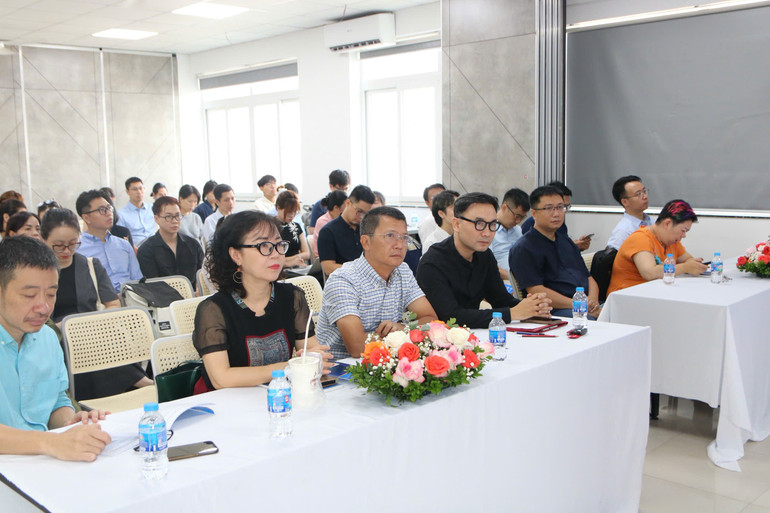
For many years, heritage education activities in secondary schools have been mainly implemented in the form of “cooperation” between schools and cultural institutions. In this model, schools often act as organizers for students to participate, while museums or relic sites provide the space and content. Sometimes, an intermediary party (such as a service or tourism company) is also involved in coordination.
Although this approach opens up opportunities for students to interact with heritage, it is mainly incidental, short-term and fragmented. Teachers rarely participate deeply in the content development process. Artists only appear to “demonstrate”. Meanwhile, students are mainly passive observers and recipients. As a result, heritage education programs often lack integration, are less innovative and are difficult to sustain in the long term.
"Heritage needs to be mobilized as a material and tool for teaching in subjects of natural sciences, social sciences, sustainable development... For the learning environment, it is necessary to allow the expansion of heritage education beyond the traditional educational framework, bringing the learning process to real contexts - where heritage is vividly present. At that time, heritage will be considered the focus of the lesson and teachers can expand their perspective on heritage to many different analytical lenses", lecturer Ha Trang shared.
Heritage needs to be mobilized as a material and tool for teaching in subjects of natural sciences, social sciences, sustainable development... For the learning environment, it is necessary to allow the expansion of heritage education beyond the traditional educational framework, bringing the learning process to real contexts - where heritage is vividly present.
Master Bui Ha Trang, lecturer at the Faculty of Cultural Industry and Heritage, School of Interdisciplinary Sciences and Arts
In order to find an answer to the question: "What is the ideal model for heritage education?", Master Bui Ha Trang stated that there needs to be co-creation between learners, communities, educational institutions and other resources.
Accordingly, co-creation is not only a collaboration at the technical level, that is, many parties participate and perform an existing task, but also a process in which parties together form goals, identify problems, design content, implement and evaluate.
Instead of rigid role separation, stakeholders should be involved right from the idea generation and program design stages to implementation, evaluation and improvement.
"The focus of co-creation is the co-ownership of knowledge: teachers, museum staff, artisans, students and researchers are all co-authors of educational products. Thanks to that, instead of being just a single extracurricular activity, heritage education becomes a core pedagogical element, linked to the goal of developing capacity, qualities and interdisciplinary thinking," added Master Bui Ha Trang.
According to Associate Professor, Dr. Nguyen Viet Khoi, Vice Principal of the School of Interdisciplinary Sciences and Arts (Vietnam National University, Hanoi), the 2025 Scientific Conference for Young Scientists is an "incubator" to find new scientific ideas, where young scientists can visualize their research topics more clearly. This is also an opportunity for young researchers to connect with veteran experts in the field. At the same time, they can receive feedback, comments, and evaluations from experts to gradually perfect their research topics.
Source: https://nhandan.vn/thuc-day-chat-luong-giao-duc-nghien-cuu-ve-khoa-hoc-lien-nganh-va-nghe-thuat-post902738.html



![[Photo] Prime Minister Pham Minh Chinh chairs the conference to review the 2024-2025 school year and deploy tasks for the 2025-2026 school year.](https://vstatic.vietnam.vn/vietnam/resource/IMAGE/2025/8/22/2ca5ed79ce6a46a1ac7706a42cefafae)



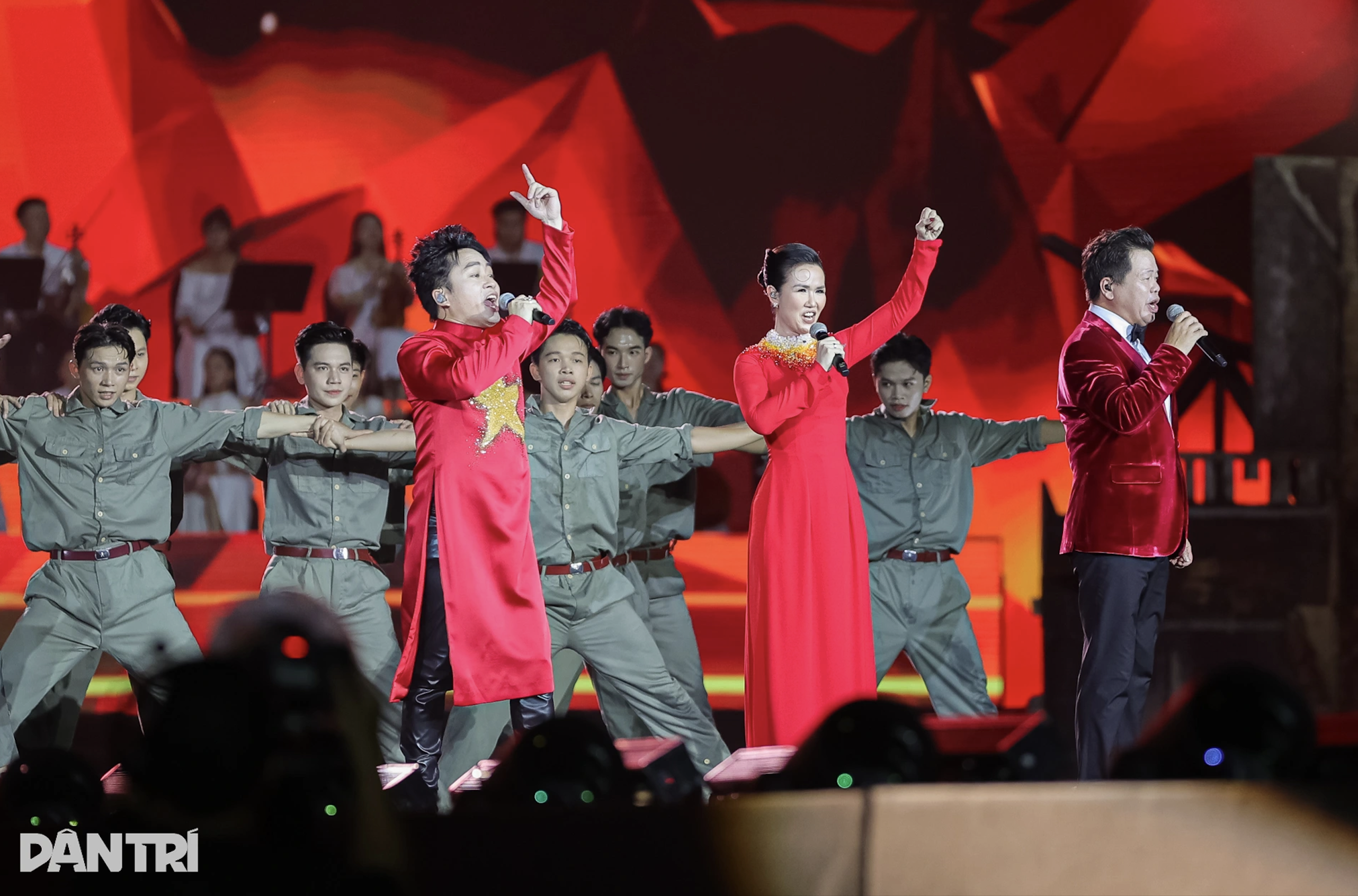
![[Photo] President Luong Cuong receives delegation of the Youth Committee of the Liberal Democratic Party of Japan](https://vstatic.vietnam.vn/vietnam/resource/IMAGE/2025/8/22/2632d7f5cf4f4a8e90ce5f5e1989194a)
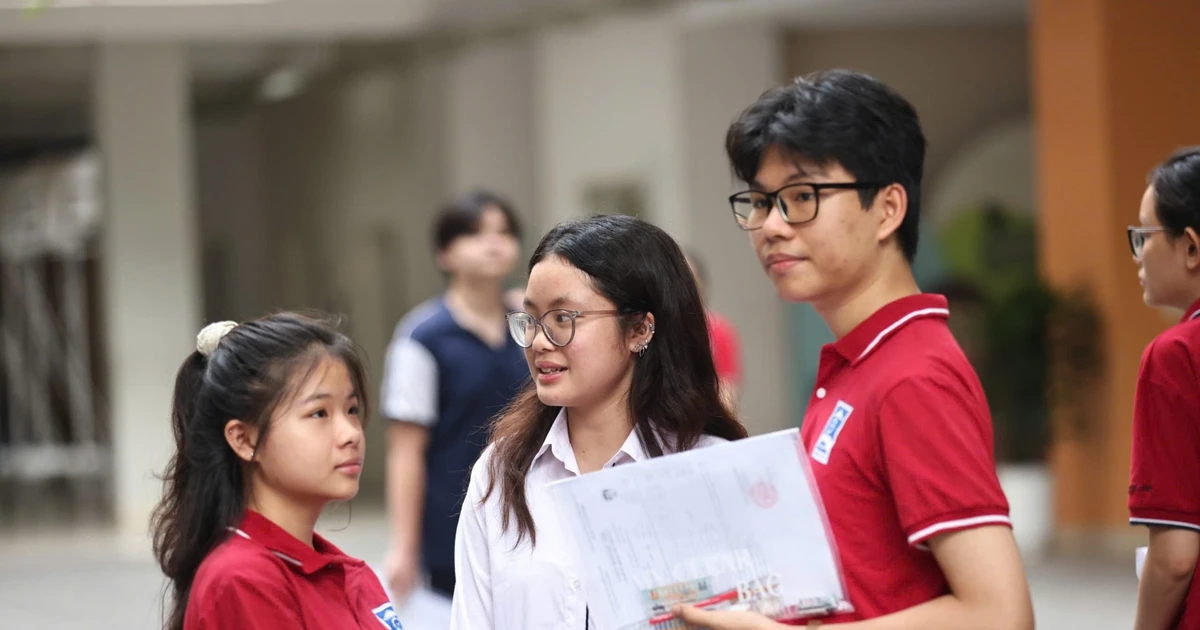
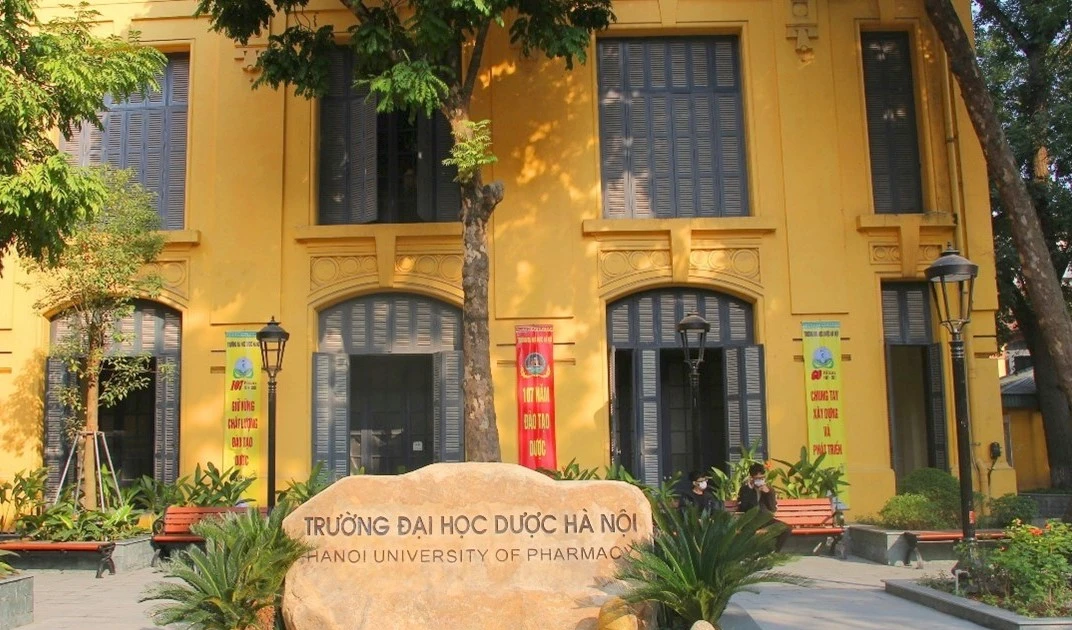
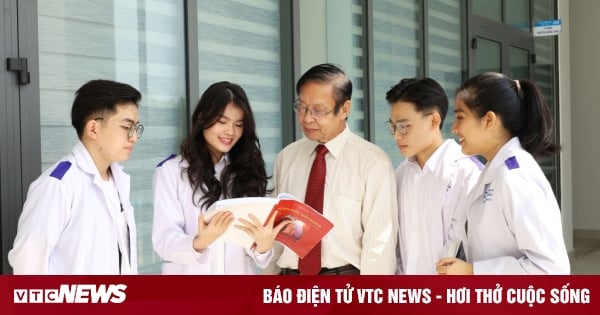


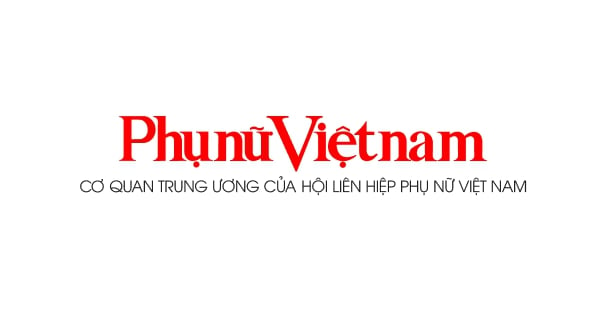
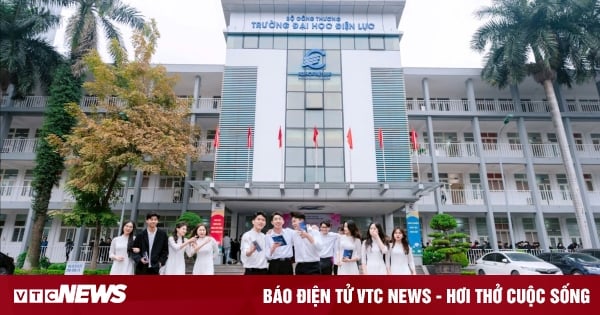
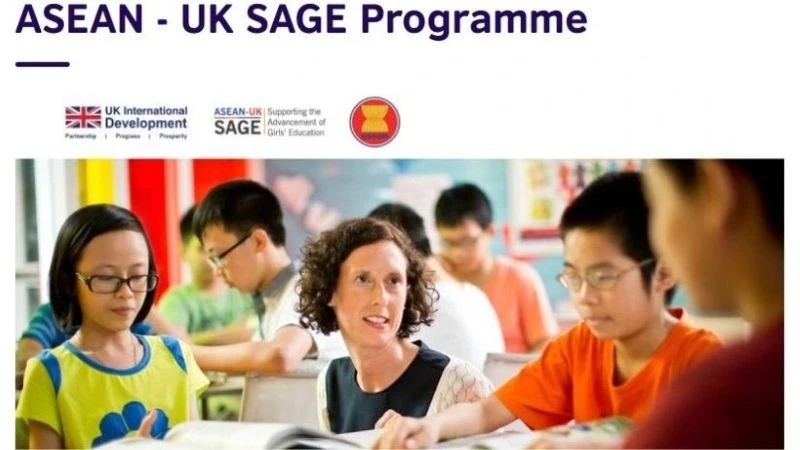



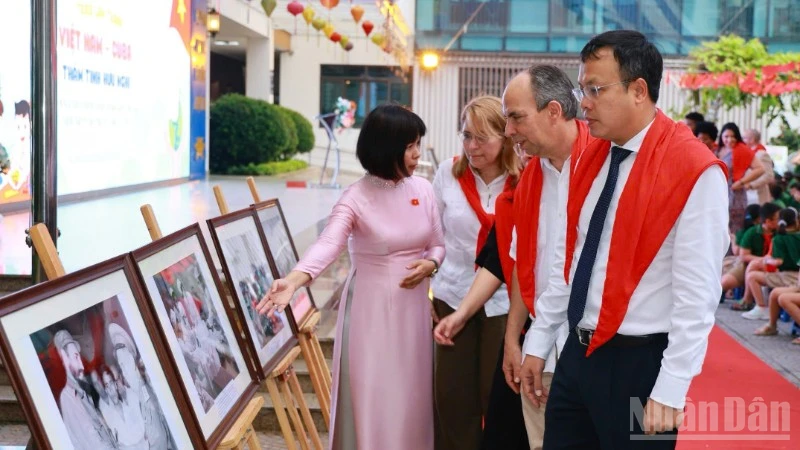

![[Video] Press conference to introduce the exhibition of national achievements in celebration of the 80th anniversary of National Day](https://vstatic.vietnam.vn/vietnam/resource/IMAGE/2025/8/22/5772e151680e42d7800e1c003f36d56c)
![[Video] Opening of the Press Center for the 2025 National Achievement Exhibition](https://vstatic.vietnam.vn/vietnam/resource/IMAGE/2025/8/22/cfe2e62c7e8e442ab5c0718889dc0536)
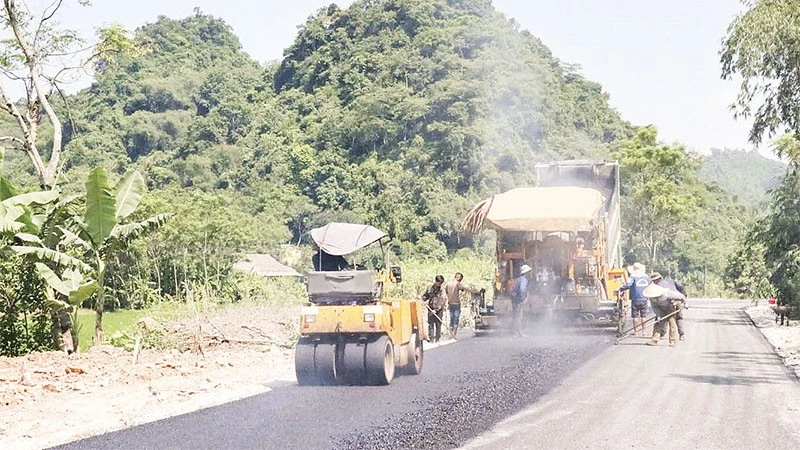

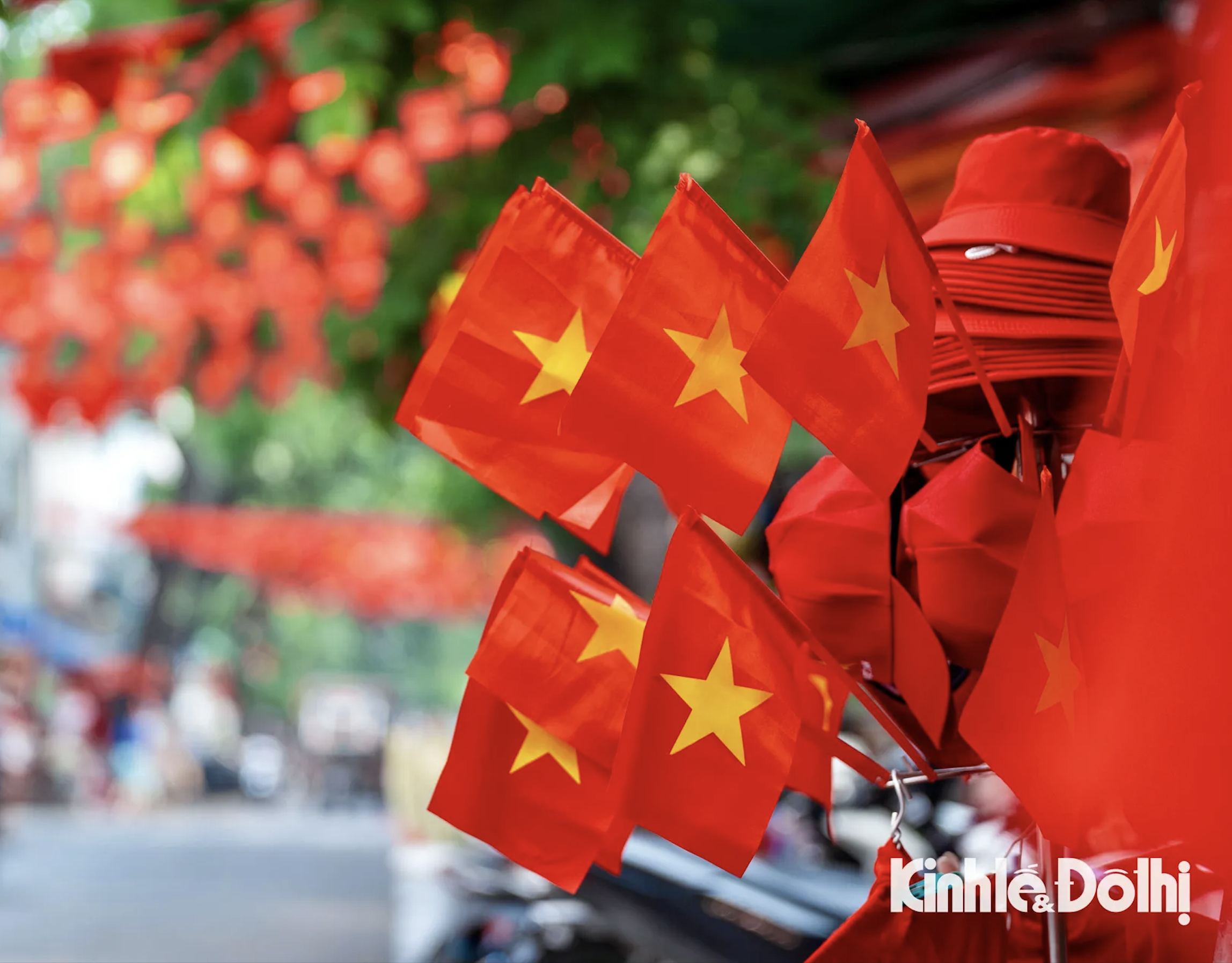
















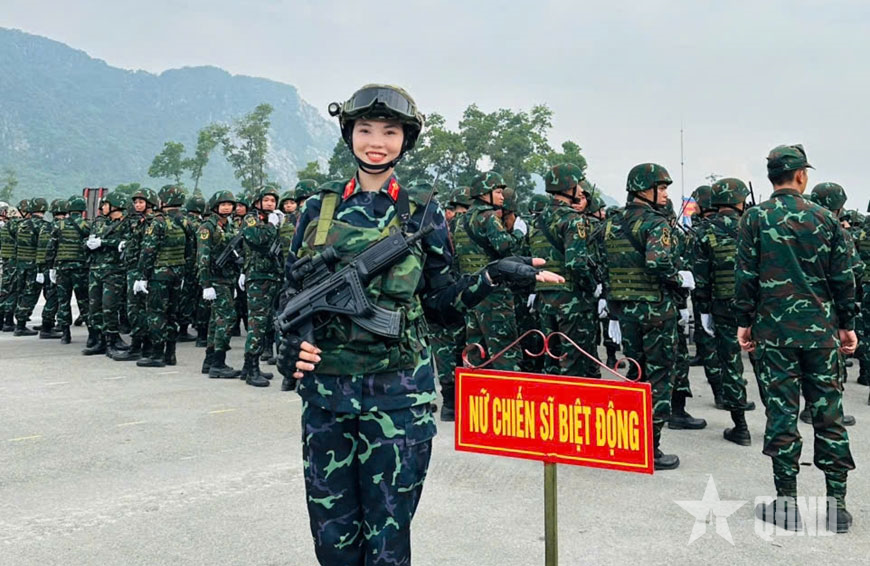

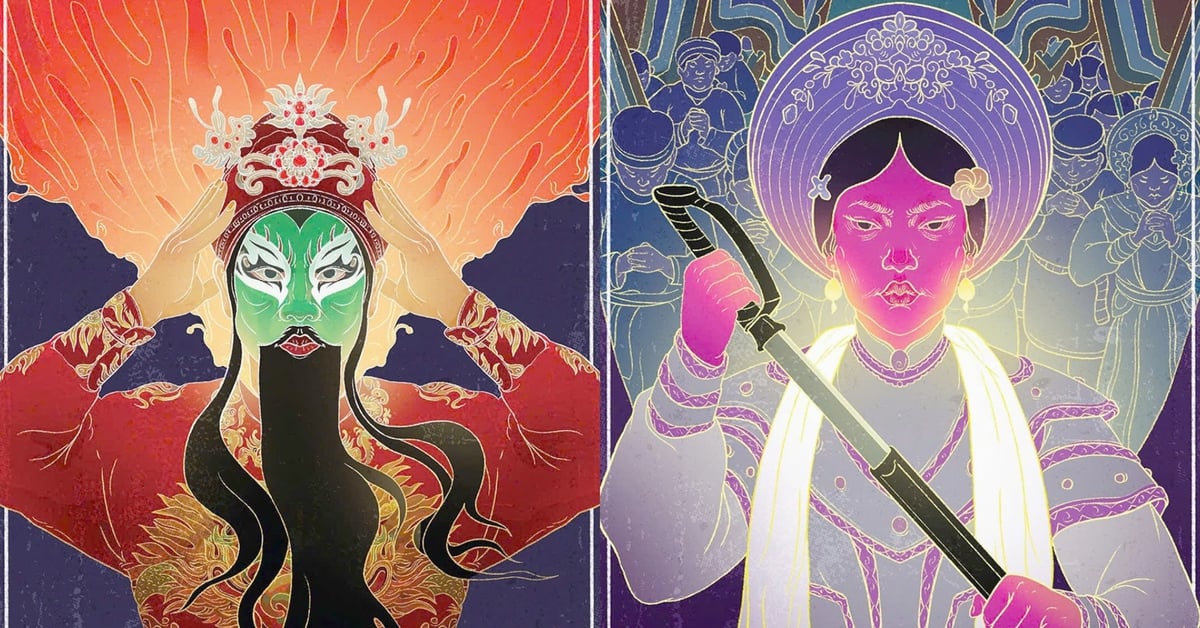








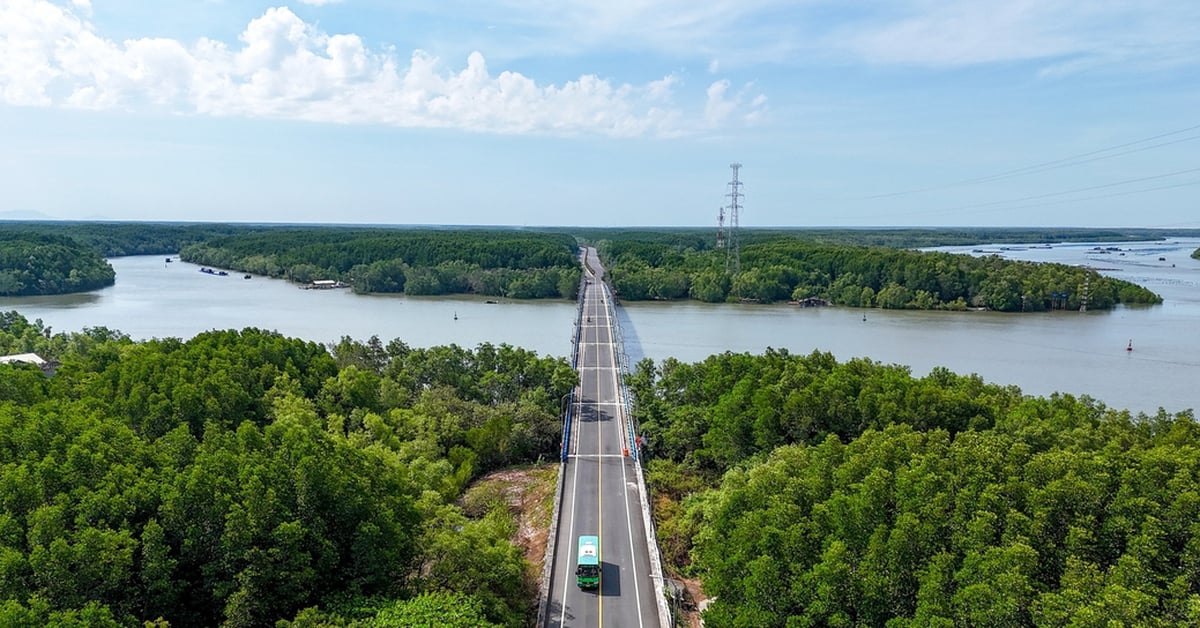
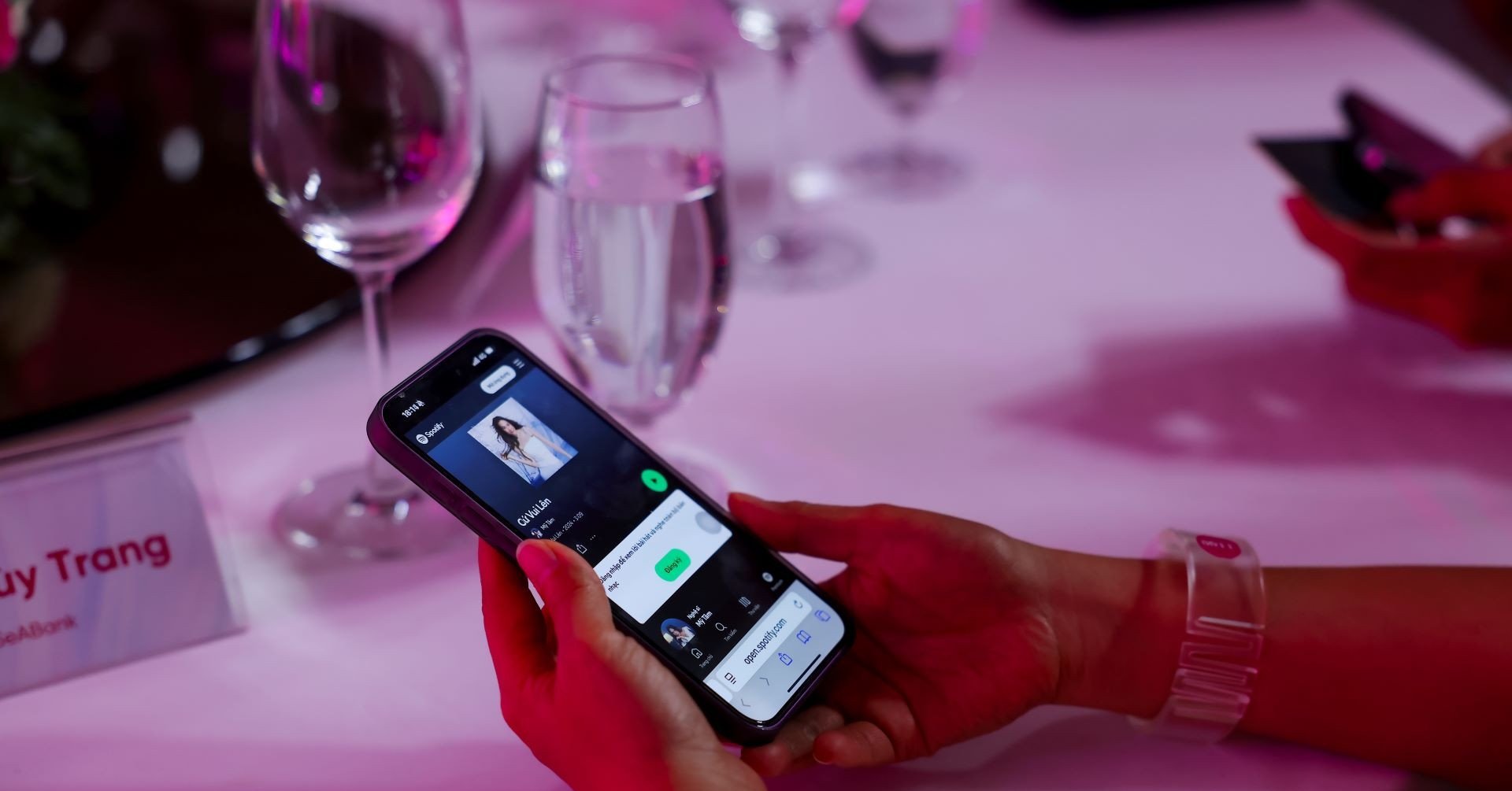
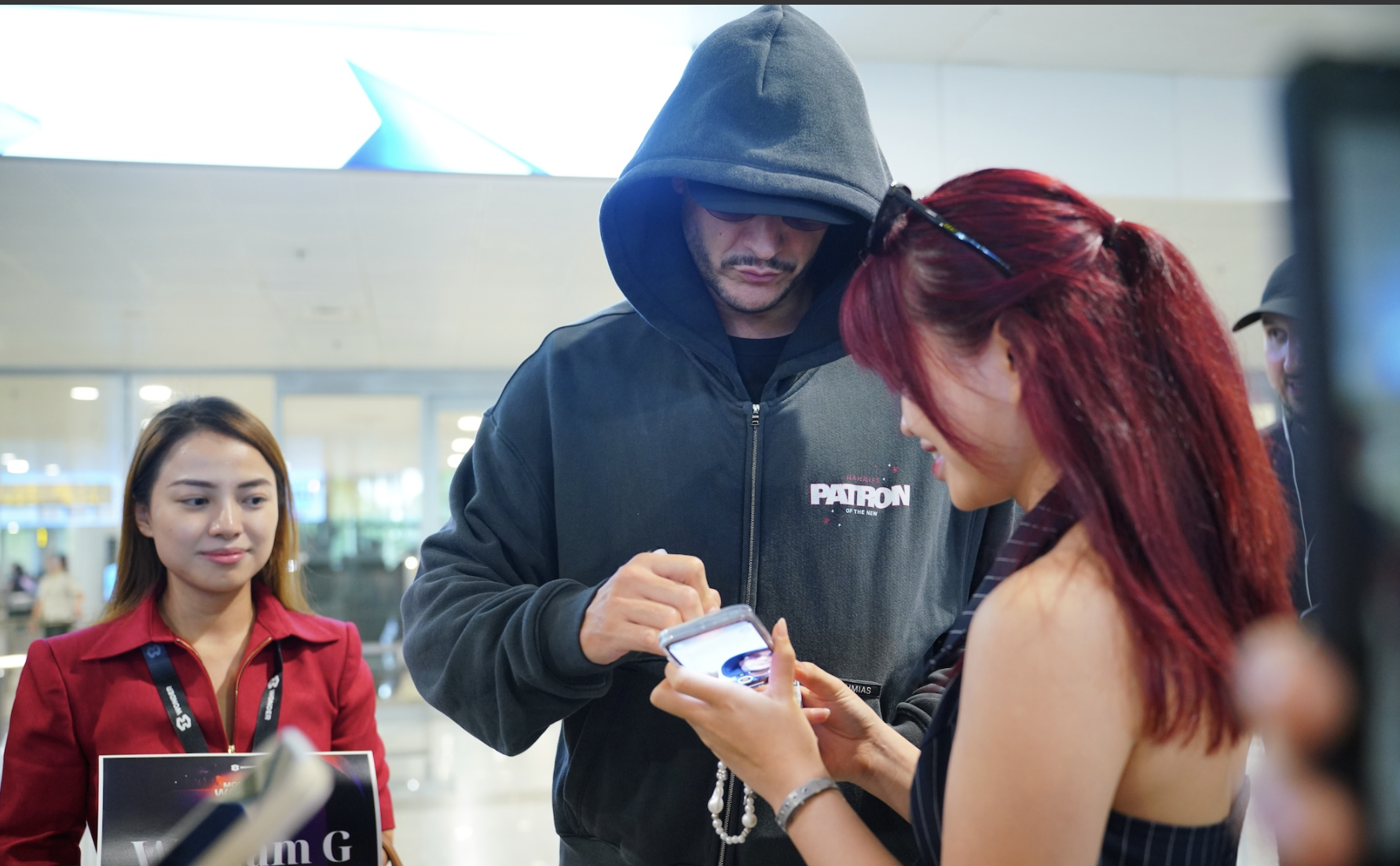
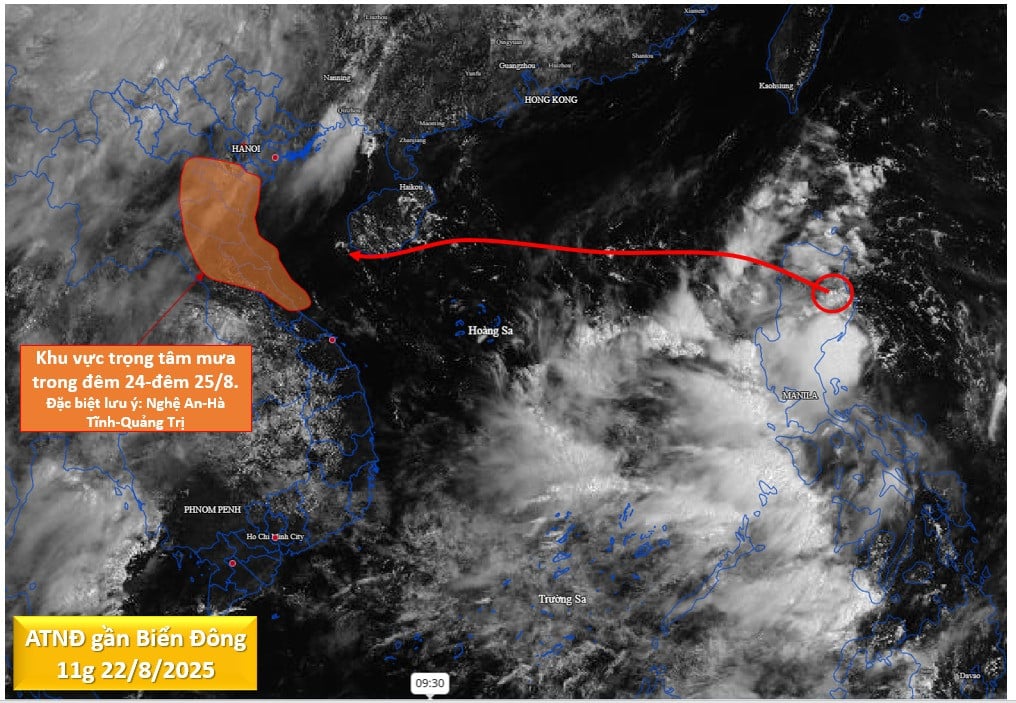
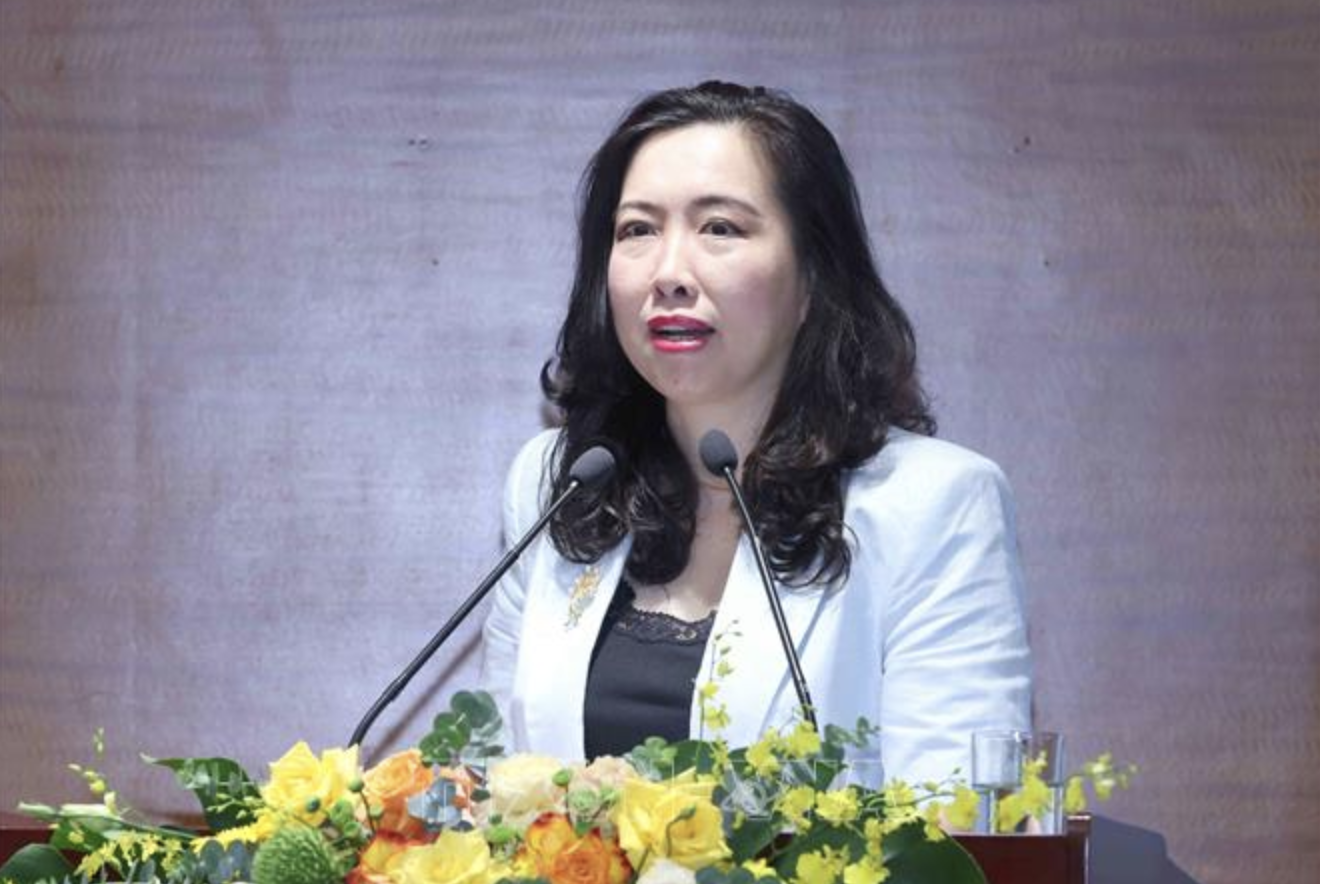
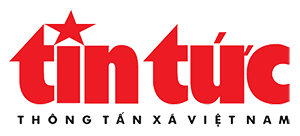


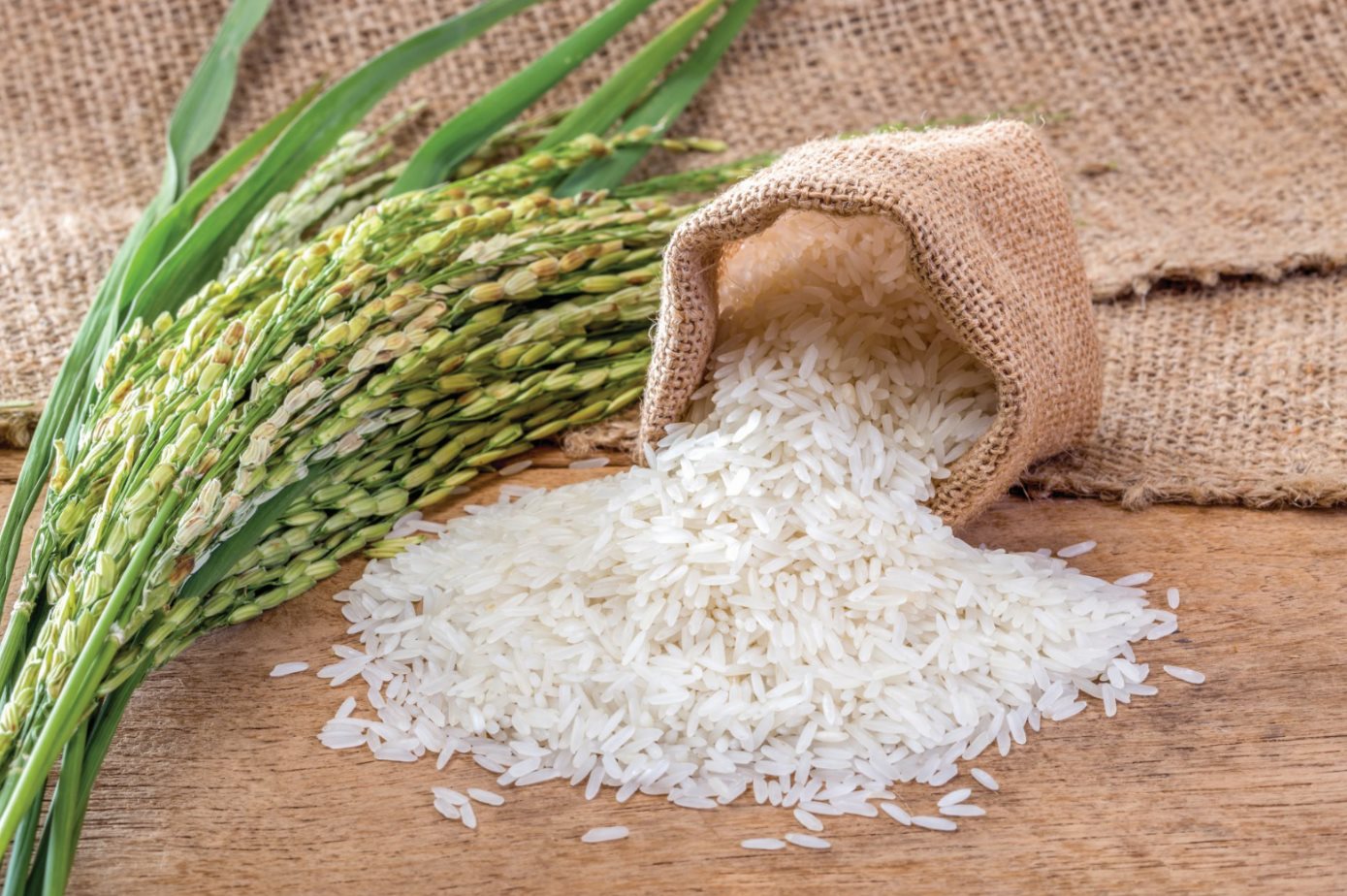
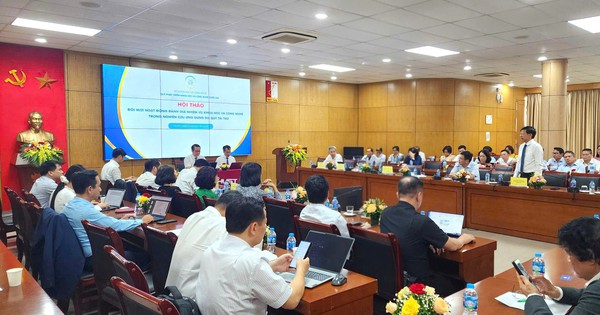

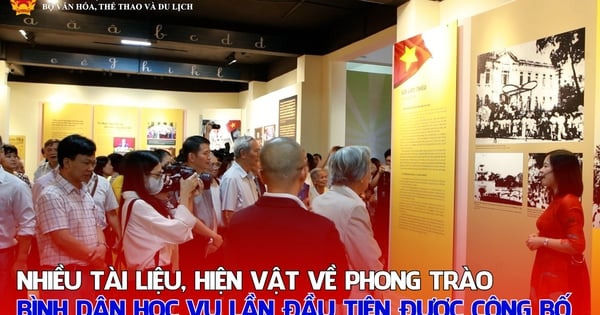

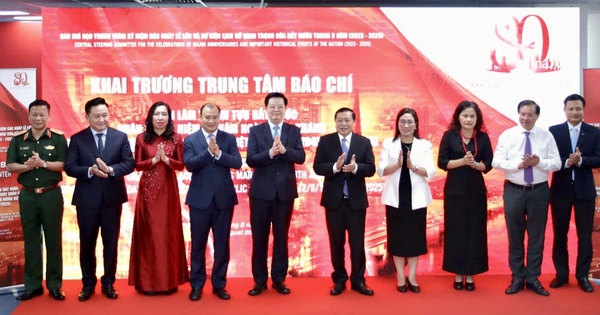
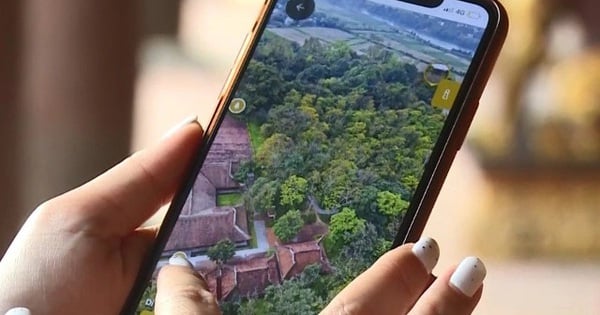
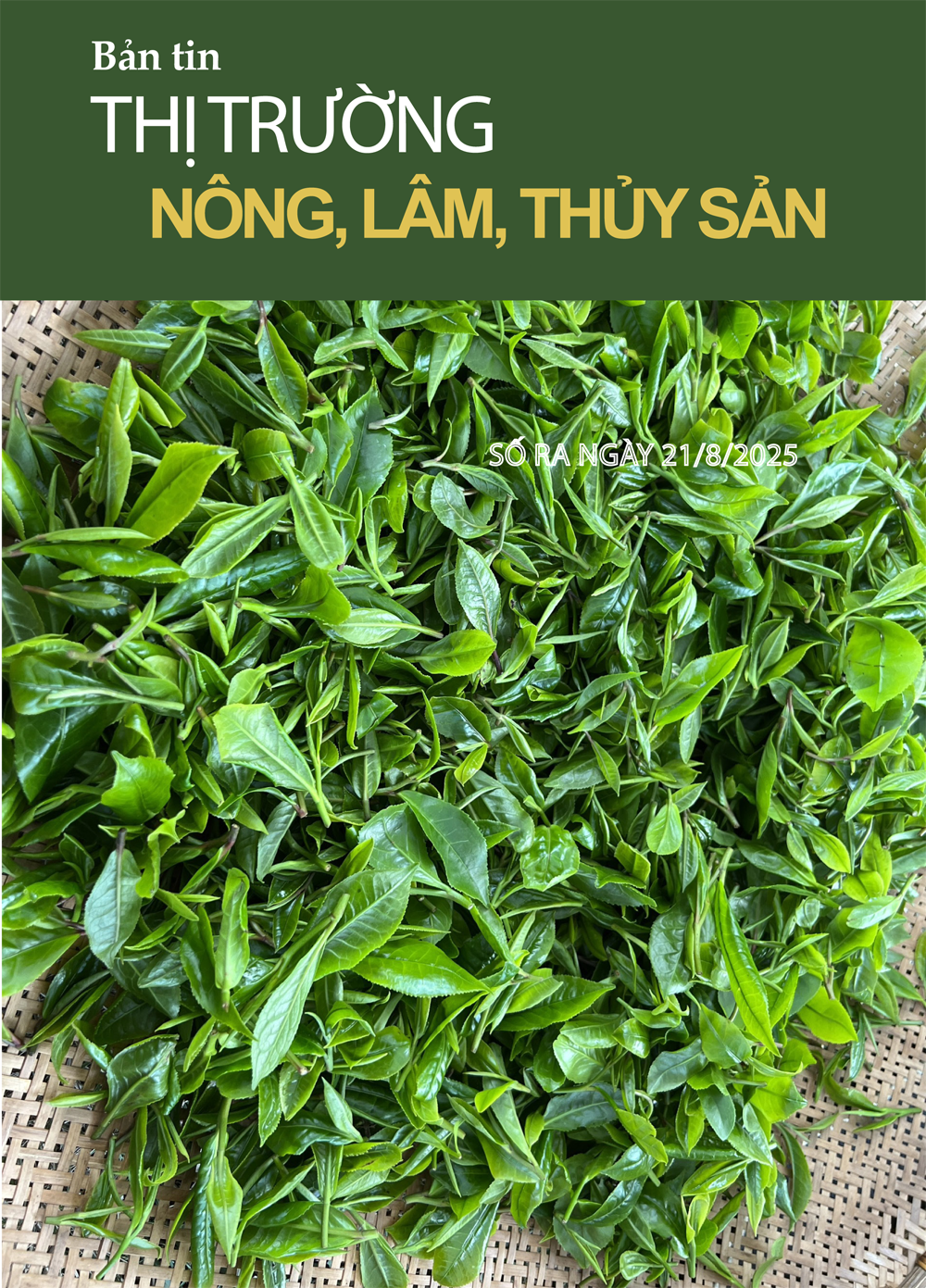

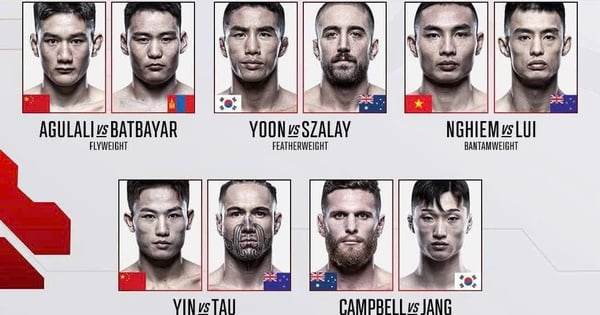


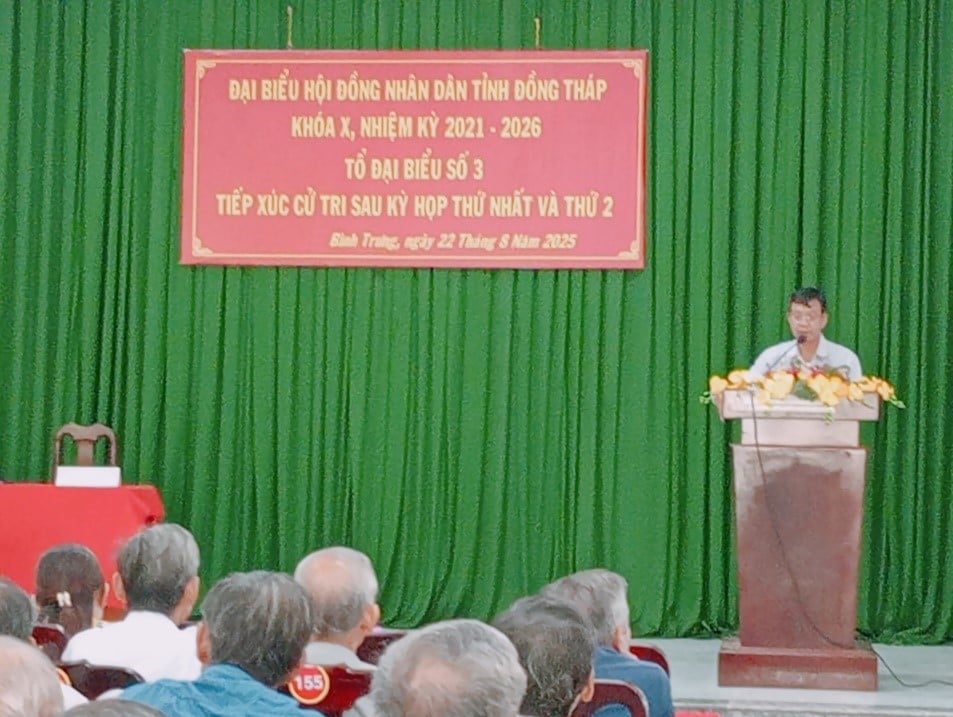
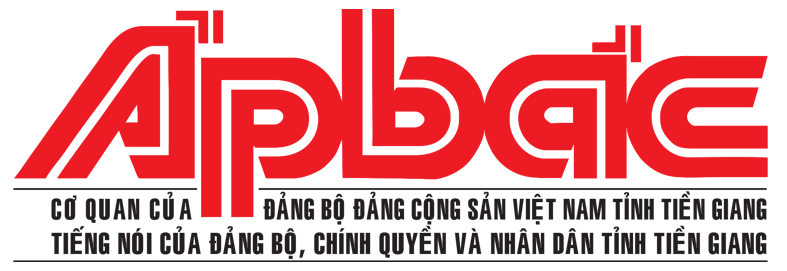
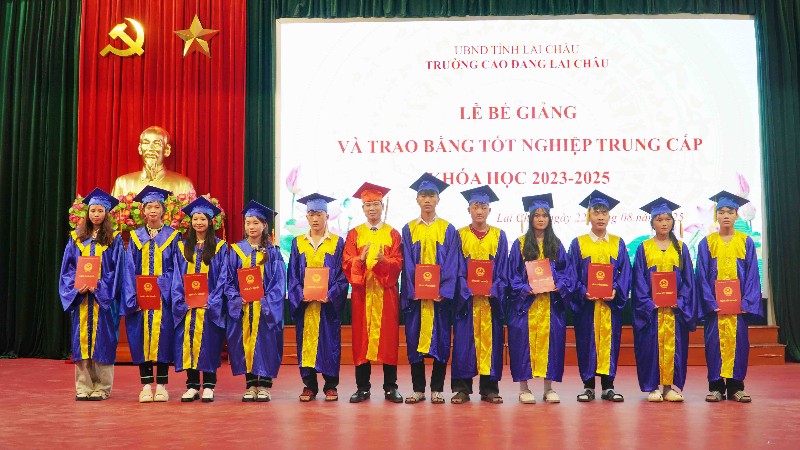

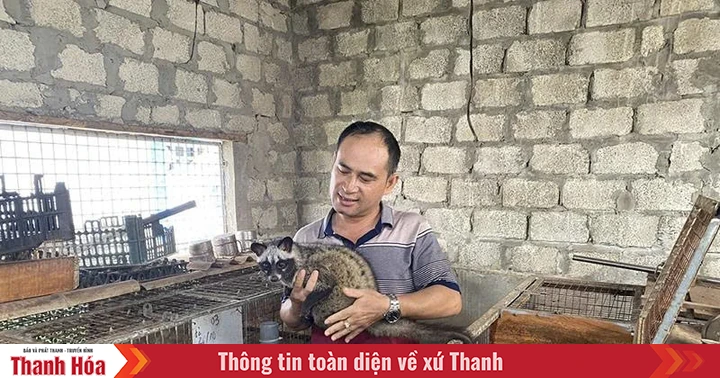
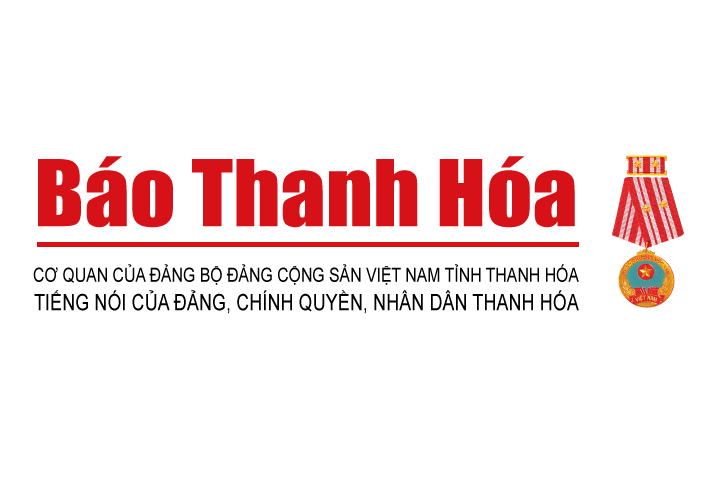

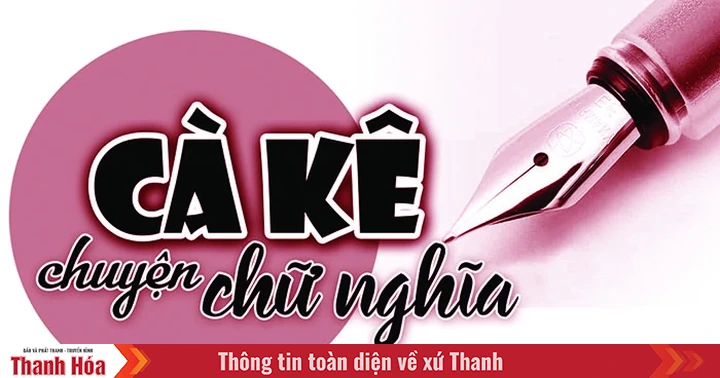
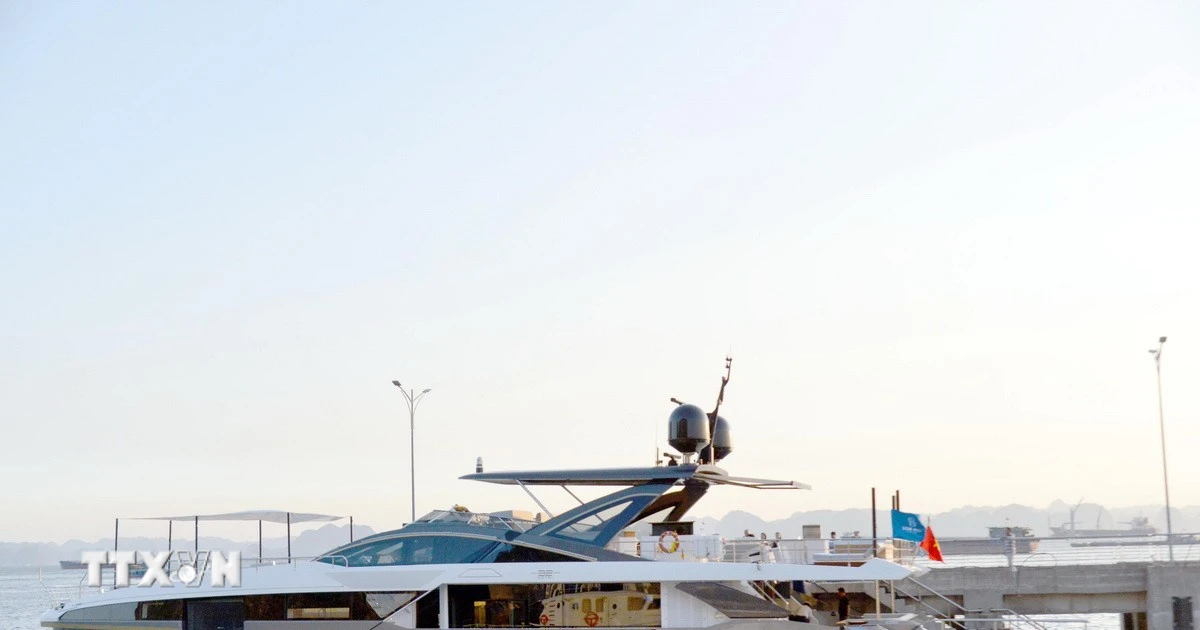













Comment (0)